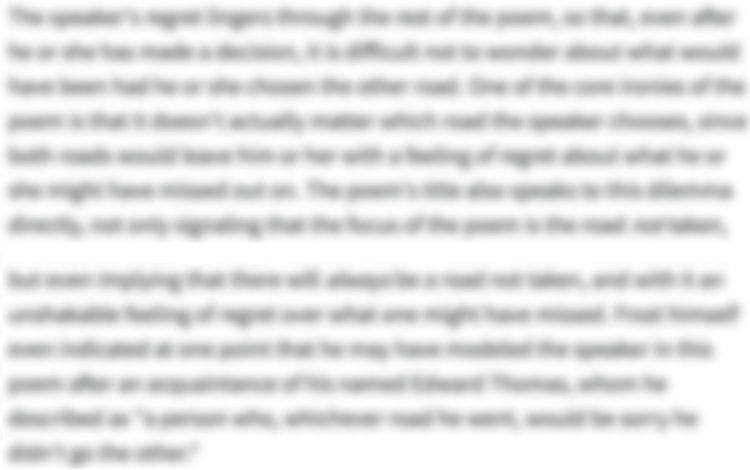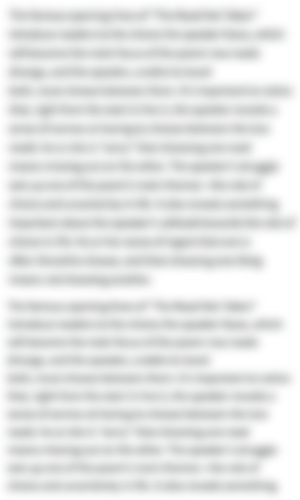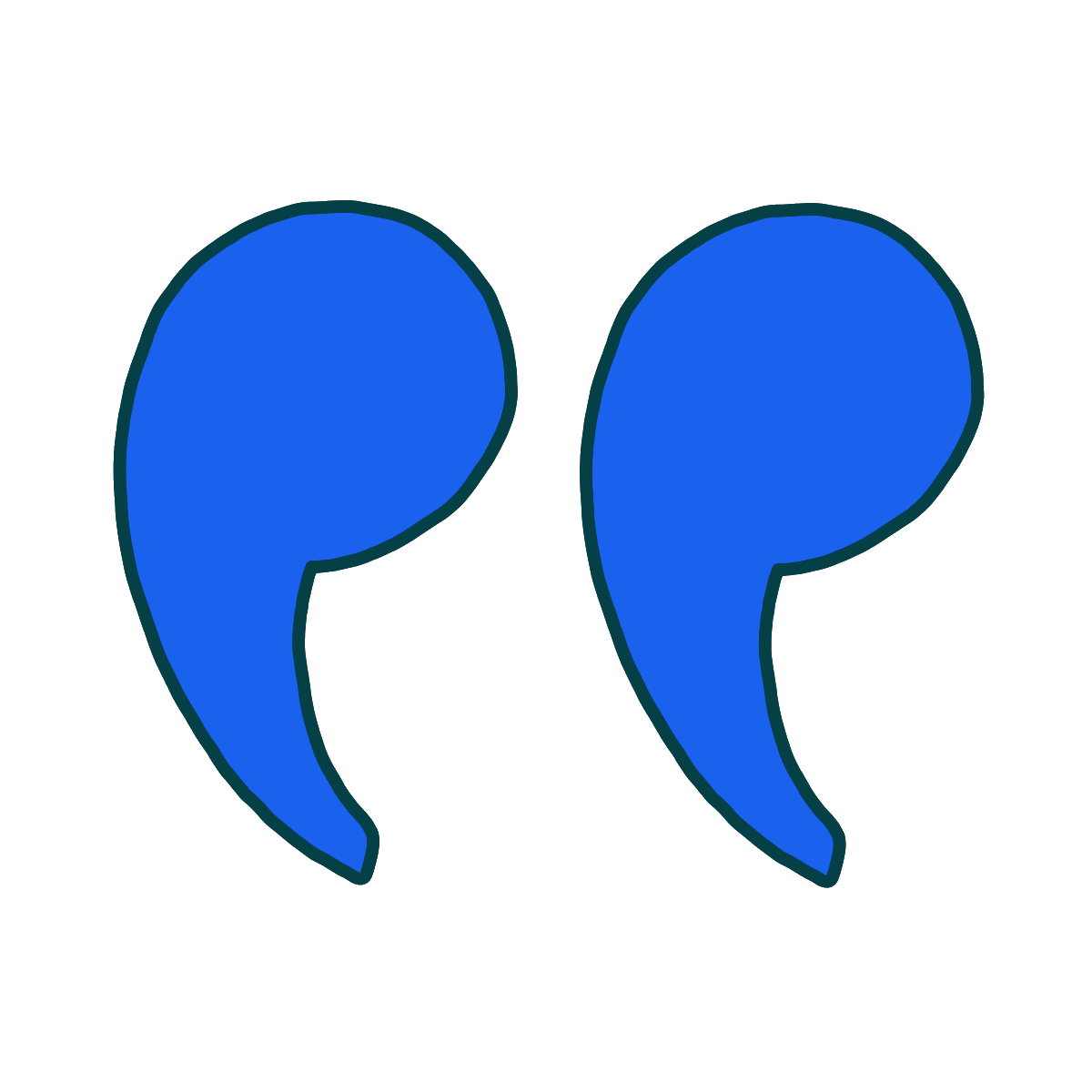-
“To a Daughter Leaving Home” Introduction
-
-
“To a Daughter Leaving Home” Summary
-
-
“To a Daughter Leaving Home” Themes
-

Parenting and Letting Go
Where this theme appears in the poem:- Lines 1-24
-
-
Line-by-Line Explanation & Analysis of “To a Daughter Leaving Home”
-
Lines 1-5
When I taught ...
... you wobbled away -
Lines 6-10
on two round ...
... of the park, -
Lines 11-14
I kept waiting ...
... to catch up, -
Lines 15-19
while you grew ...
... for your life, -
Lines 19-24
screaming ...
... goodbye.
-
-
“To a Daughter Leaving Home” Poetic Devices & Figurative Language
-
Apostrophe
Where apostrophe appears in the poem:- Lines 1-24
-
Caesura
Where caesura appears in the poem:- Line 3: “bicycle, loping”
- Line 16: “smaller, more”
- Line 18: “pumping, pumping”
- Line 19: “life, screaming”
-
Consonance
Where consonance appears in the poem:- Line 3: “bicycle,” “loping,” “along”
- Line 4: “beside”
- Line 5: “wobbled,” “away”
- Line 6: “wheels”
- Line 8: “surprise,” “pulled”
- Line 9: “ahead,” “down,” “curved”
- Line 10: “path,” “park”
- Line 11: “kept”
- Line 13: “crash”
- Line 14: “sprinted,” “catch,” “up”
- Line 16: “smaller,” “more,” “breakable”
- Line 17: “distance”
- Line 18: “pumping,” “pumping”
- Line 19: “for,” “your,” “life,” “screaming”
- Line 20: “laughter”
- Line 21: “hair,” “flapping”
- Line 22: “behind”
- Line 23: “handkerchief”
-
Enjambment
Where enjambment appears in the poem:- Lines 1-2: “you / at”
- Lines 2-3: “ride / a”
- Lines 3-4: “along / beside”
- Lines 4-5: “you / as”
- Lines 5-6: “away / on”
- Lines 7-8: “rounding / in”
- Lines 8-9: “pulled / ahead”
- Lines 9-10: “curved / path”
- Lines 11-12: “waiting / for”
- Lines 12-13: “thud / of”
- Lines 13-14: “I / sprinted”
- Lines 15-16: “grew / smaller”
- Lines 16-17: “breakable / with”
- Lines 18-19: “pumping / for”
- Lines 19-20: “screaming / with”
- Lines 21-22: “flapping / behind”
- Lines 22-23: “a / handkerchief”
- Lines 23-24: “waving / goodbye”
-
Repetition
Where repetition appears in the poem:- Line 6: “round”
- Line 7: “rounding”
- Line 18: “pumping,” “pumping”
-
Metaphor
Where metaphor appears in the poem:- Lines 1-24
-
Irony
Where irony appears in the poem:- Lines 1-24
-
Simile
Where simile appears in the poem:- Lines 21-24: “the hair flapping / behind you like a / handkerchief waving / goodbye.”
-
-
“To a Daughter Leaving Home” Vocabulary
Select any word below to get its definition in the context of the poem. The words are listed in the order in which they appear in the poem.
- Loping
- Rounding
- Thud
- Pumping
Loping-
(Location in poem: Line 3: “loping along”)
-
Form, Meter, & Rhyme Scheme of “To a Daughter Leaving Home”
-
Form
-
Meter
-
Rhyme Scheme
-
-
“To a Daughter Leaving Home” Speaker
-
-
“To a Daughter Leaving Home” Setting
-
-
Literary and Historical Context of “To a Daughter Leaving Home”
-
-
More “To a Daughter Leaving Home” Resources
-
External Resources
-
The Poet Reads Her Work — Listen to Linda Pastan herself read several of her most popular poems.
-
In Conversation — To hear more about Pastan's approach to poetry, check out to this conversation between her and the poet Lucille Clifton.
-
The Poem Out Loud — Check out this reading of the poem.
-
More About Pastan — To learn more about Linda Pastan, take a look at this concise overview of her life and work.
-
The Poet at Home — A window into Pastan's enviable home, where she lived and wrote until 2018.
-
-










